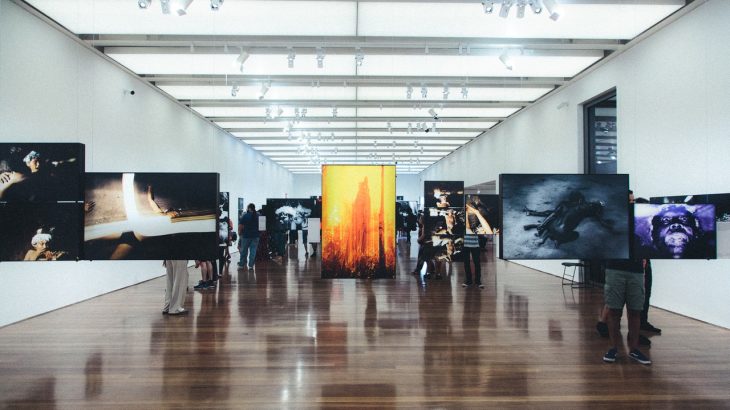Collecting and buying art can be done by almost anyone. Previous knowledge about the art business is not needed nor is experience in collecting art or an art history degree.
What you will need is a love for, and appreciation of, art; a desire to collect and a desire to learn some of the basic, simple techniques that will help you appraise and evaluate any kind of artwork, whoever the artist is or whatever historical period the artwork. 
There is no “right or wrong” method to collecting art, nor is there any right or wrong type of art to buy. Collecting art can be as simple as buying what you like, the art that speaks to you. However if you are concerned about spending your money wisely, with a view to what you buy being an investment there are other factors you would need to consider.
If you find a piece of art you like and want, whether it is a painting, print or sculpture then you need to investigate the artist. There are many ways to do this:
Speak to people at the gallery where the art is being shown, whether this is the gallery owner or fellow collectors or the dealer who is selling the art, in some cases you may even be able to speak with the artist themselves.
Review written material: this can include art reference books, art reviews, the artists resume and gallery exhibit catalogues.
Look at the artists other work, try to see work from all periods of the artists career. Also, you could ask the seller to show you other examples of the artists work.
Try to find out about the history of the artwork. Has it been displayed in any important galleries or art shows? Has the piece won any awards? Has it been bought and sold before and has it increased in value?
Finally, you need to ask yourself if the price is fair at the time of buying? Nobody can put a price on the future value of an artwork with 100% accuracy, but after having done sufficient research you can get a better understanding of the true value of the work today. And have a better idea about what the price will be in the future.

